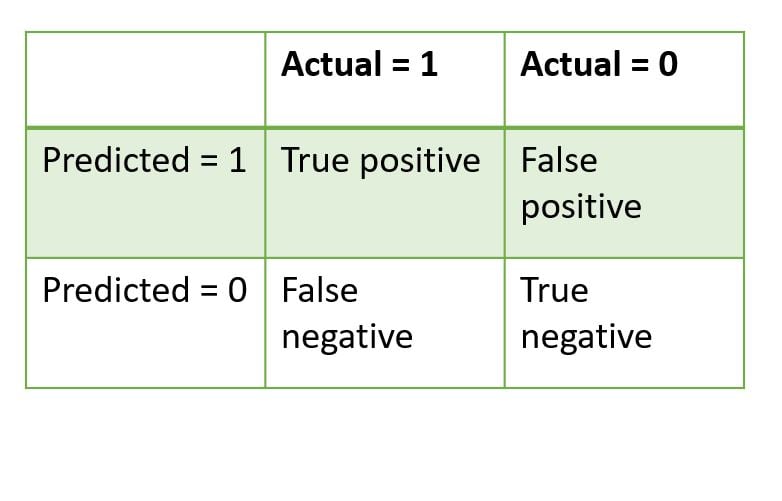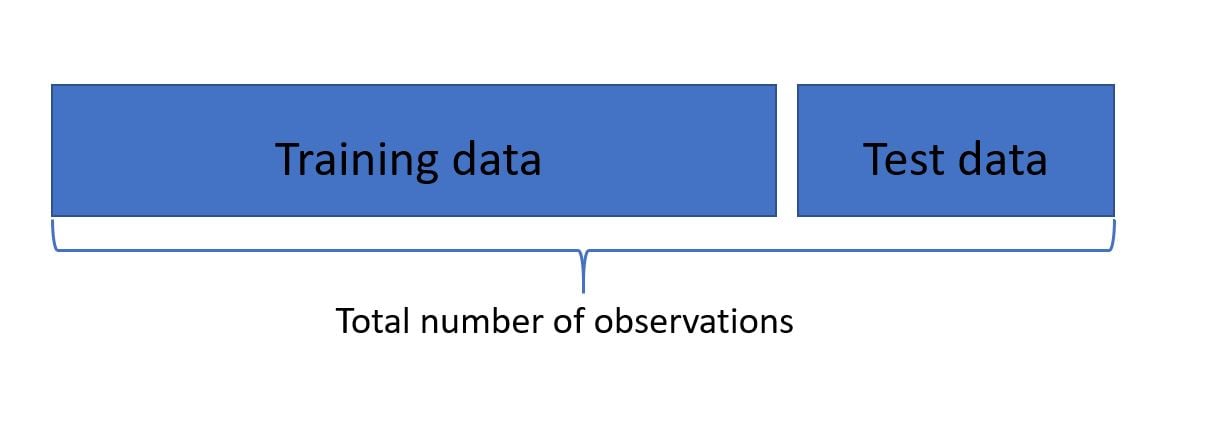Did we really predict the sentiment well?
Sentiment Analysis in Python

Violeta Misheva
Data Scientist
Train/test split
- Training set: used to train the model (70-80% of the whole data)
- Testing set: used to evaluate the performance of the model
Train/test in Python
from sklearn.model_selection import train_test_split
X_train, X_test, y_train, y_test = train_test_split(X, y, test_size=0.2, random_state=123, stratify=y)
- X : features
- y : labels
- test_size: proportion of data used in testing
- random_state: seed generator used to make the split
- stratify: proportion of classes in the sample produced will be the same as the proportion of values provided to this parameter
Logistic regression with train/test split
log_reg = LogisticRegression().fit(X_train, y_train)
print('Accuracy on training data: ', log_reg.score(X_train, y_train))
0.76
print('Accuracy on testing data: ', log_reg.score(X_test, y_test))
0.73
Accuracy score with train/test split
from sklearn.metrics import accuracy_score
log_reg = LogisticRegression().fit(X_train, y_train)
y_predicted = log_reg.predict(X_test)
print('Accuracy score on test data: ', accuracy_score(y_test, y_predicted))
0.73
Confusion matrix

Confusion matrix in Python
from sklearn.metrics import confusion_matrix
log_reg = LogisticRegression().fit(X_train, y_train)
y_predicted = log_reg.predict(X_test)
print(confusion_matrix(y_test, y_predicted)/len(y_test))
[[0.3788 0.1224]
[0.1352 0.3636]]
Let's practice!
Sentiment Analysis in Python


